PPT-Learning Taxonomies
Author : yoshiko-marsland | Published Date : 2016-07-26
Blooms Taxonomy As revised by Anderson et al 2001 Biggs Proposed Levels of Attainment Biggs amp Collis SOLO Taxonomy Synthesis creation Design organize formulate
Presentation Embed Code
Download Presentation
Download Presentation The PPT/PDF document "Learning Taxonomies" is the property of its rightful owner. Permission is granted to download and print the materials on this website for personal, non-commercial use only, and to display it on your personal computer provided you do not modify the materials and that you retain all copyright notices contained in the materials. By downloading content from our website, you accept the terms of this agreement.
Learning Taxonomies: Transcript
Download Rules Of Document
"Learning Taxonomies"The content belongs to its owner. You may download and print it for personal use, without modification, and keep all copyright notices. By downloading, you agree to these terms.
Related Documents

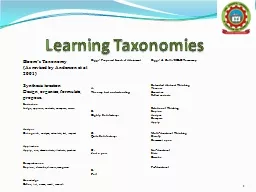
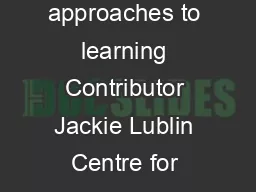
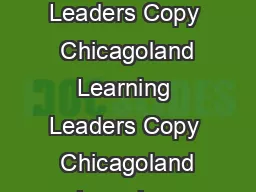

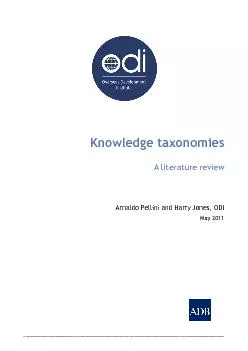
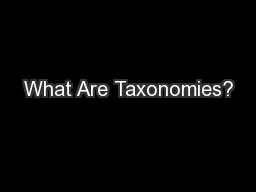
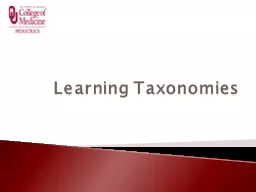
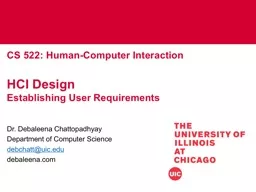
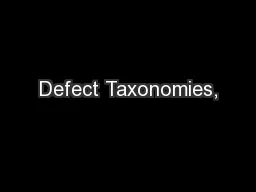
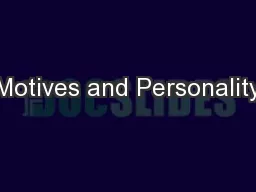
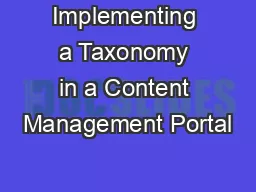
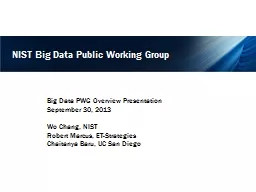

![[BOOK]-Typologies and Taxonomies: An Introduction to Classification Techniques (Quantitative](https://thumbs.docslides.com/956347/book-typologies-and-taxonomies-an-introduction-to-classification-techniques-quantitative-applications-in-the-social-sciences.jpg)